AI vs Manual Image Creation: Complete Guide
Manual artistry once ruled the world of image creation, but now artificial intelligence is reshaping everything at a staggering pace. Research shows that AI-assisted design can cut project timelines by up to 40%, opening new possibilities for artists and businesses alike. This shift sparks big questions about creativity, control, and the value of human touch in visual content. Understanding the contrasts between AI and manual methods helps creators harness the best of both worlds.
Table of Contents
1. Defining AI And Manual Image Creation
2. Workflow Differences: Automation Vs. Craftsmanship
3. Artistic Control, Customization, And Output Quality
4. Key Use Cases Across Creative Industries
5. Cost, Speed, And Copyright Considerations
5. Common Challenges And Mistakes To Avoid
Point Details
| AI Technology Revolutionizes Image Creation | AI image generation significantly speeds up the creation process, using advanced algorithms for rapid prototyping and design iteration. |
| Distinct Roles of Human Creativity | While AI excels in speed, human artists bring emotional depth, intentionality, and unique styles that AI cannot replicate. |
| Hybrid Workflows Enhance Creativity | Effective creative processes now combine AI capabilities with manual refinement, leveraging both speed and artistic integrity. |
| Ethical and Practical Considerations | As AI technology evolves, it is crucial to navigate issues of copyright and originality, ensuring transparency in AI-generated content. |
Defining AI and Manual Image Creation
Image creation has undergone a radical transformation with the emergence of artificial intelligence technologies. Traditionally, visual content was exclusively crafted by human hands through manual techniques like drawing, painting, and graphic design. Now, AI has introduced a groundbreaking alternative that challenges conventional creative processes.
According to arxiv, AI image generation represents a sophisticated approach utilizing advanced machine learning models such as Generative Adversarial Networks (GANs) and diffusion-based frameworks. These systems analyze massive datasets of existing images, learning intricate patterns, styles, and visual compositions to generate entirely new visual content. Unlike manual creation, AI can produce images in seconds, leveraging complex algorithms that understand and replicate artistic techniques.
Manual image creation remains fundamentally different, relying on human creativity, skill, and intentional artistic expression. Artists bring unique perspectives, emotional nuances, and deliberate stylistic choices that current AI cannot fully replicate. Key differences between AI and manual image creation include:
- Creative Intent: Manual creation involves direct human emotional and conceptual input
- Precision Control: Human artists can make minute, intentional adjustments
- Contextual Understanding: Manual creators comprehend deeper narrative and symbolic meanings
- Unique Stylistic Signatures: Artists develop recognizable personal styles
While AI image generation offers remarkable speed and technical capability, it cannot yet fully replace the depth and intentionality of human artistic expression. The technology represents a powerful tool that complements, rather than completely substitutes, traditional creative methods.
Workflow Differences: Automation vs. Craftsmanship
The workflow between AI-generated and manually created images reveals profound distinctions in approach, methodology, and creative processes. Where traditional image creation demands intricate human intervention at every stage, AI introduces a dramatically different paradigm of visual production.
Research from ijsat demonstrates that AI-assisted design workflows can accelerate project timelines by approximately 40%, dramatically reducing the time typically consumed by manual iterations. Automated image generation allows creators to rapidly prototype concepts, explore multiple design variations, and produce initial visual drafts with unprecedented speed.
Manual image creation, in contrast, follows a meticulous, deliberate workflow characterized by hands-on creative decision making. Artists typically progress through sequential stages:
- Conceptualization: Developing initial creative vision
- Sketching: Creating preliminary draft designs
- Refinement: Iterative improvements and detailed work
- Finalization: Polishing and perfecting the visual composition
According to the idsa, while AI excels during early ideation stages, manual refinement remains crucial to maintaining authentic design intent. The most effective creative strategies now emerge from hybrid workflows that strategically combine AI's generative capabilities with human artistic expertise, allowing creators to leverage technological efficiency without sacrificing creative authenticity.
Artistic Control, Customization, and Output Quality
The landscape of image creation is fundamentally transformed by the tension between AI-generated imagery and manually crafted visual art, with artistic control emerging as a critical differentiator between these two approaches. While AI offers remarkable generative capabilities, human creativity remains irreplaceable in nuanced artistic expression.
According to arxiv, current AI image generation technologies still fall short of human creativity, particularly in producing truly original and recognizable artistic works. The study 'Diffusion Models as Artists' reveals that machines struggle to replicate the intricate subtleties and intentional imperfections that define human artistic expression. Customization limitations become particularly apparent when examining the depth of creative control.
Professional artists possess unique advantages in AI-assisted creation. Research from arxiv demonstrates that artists with specialized expertise can generate more faithful and creative outputs compared to casual users. Key differences in artistic control include:
- Intentional Imperfection: Ability to introduce deliberate artistic nuances
- Emotional Resonance: Embedding deeper narrative and emotional context
- Contextual Understanding: Interpreting and translating complex conceptual ideas
- Stylistic Signature: Maintaining individual artistic voice and technique
The most promising approach emerges as a hybrid creative process where AI serves as a powerful tool, augmenting rather than replacing human artistic intuition. By strategically leveraging AI's generative capabilities while preserving human creative intent, artists can unlock unprecedented potential in visual storytelling and design.
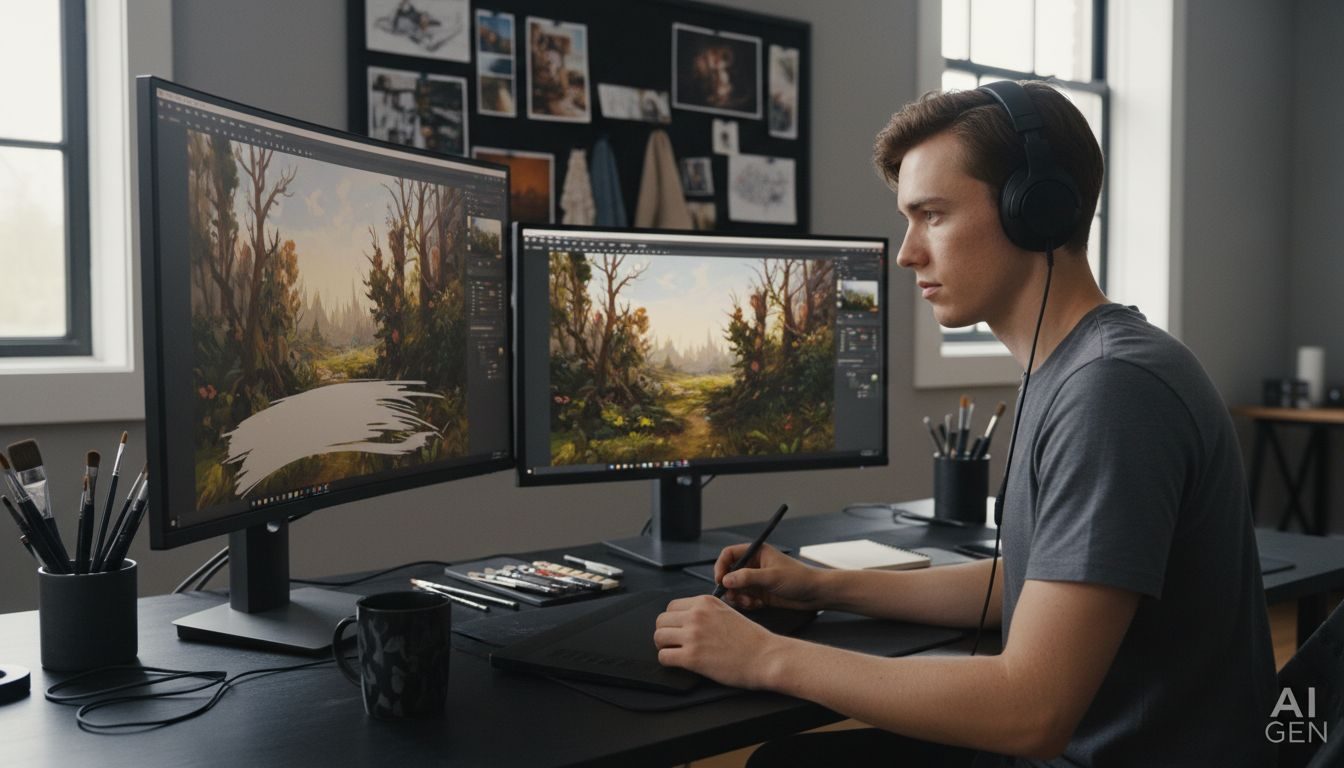
Key Use Cases Across Creative Industries
Artificial intelligence is transforming creative workflows across multiple industries, offering unprecedented capabilities for visual content generation and research applications. From graphic design to academic research, AI image creation technologies are reshaping how professionals approach visual communication and analysis.
Research from idsa highlights the revolutionary potential of generative image AI, particularly in fields like human-robot interaction design. By rapidly generating and visualizing design variations, AI enables researchers and designers to explore complex conceptual spaces with remarkable efficiency and breadth.
Different creative industries leverage AI image generation in unique ways:
- Graphic Design: Rapid prototyping and concept exploration
- Marketing: Creating diverse visual assets for campaigns
- Film and Animation: Generating storyboards and visual references
- Academic Research: Analyzing and extracting insights from visual archives
According to arxiv, the Automatic Image Content Extraction framework demonstrates AI's transformative potential in humanities and social sciences. By enabling large-scale image analysis, researchers can now process digitized archives with unprecedented speed and depth, uncovering complex visual patterns and insights that were previously impossible to detect through manual examination.
Cost, Speed, and Copyright Considerations
The emergence of AI image generation has dramatically transformed the economic and ethical landscape of visual content creation, introducing complex considerations around efficiency, cost-effectiveness, and intellectual property rights. Traditional manual image creation methods are being challenged by technologies that can produce visual content at unprecedented speeds and reduced costs.
According to imagen-ai, AI-powered editing and generation can dramatically accelerate workflow processes, enabling professionals to process hundreds of images in minutes while maintaining consistent quality. This represents a significant leap from manual workflows, where each image requires individual attention and potentially hours of meticulous work.
Key considerations in the AI image creation ecosystem include:
- Production Speed: AI generates images in seconds versus hours of manual work
- Cost Efficiency: Reduced labor costs and faster turnaround times
- Scalability: Ability to produce multiple variations instantly
- Consistency: Uniform quality across large volumes of visual content
Research from pmc highlights critical ethical considerations surrounding AI-generated content. The emerging consensus emphasizes the importance of transparency, proper attribution, and disclosure to prevent potential issues of plagiarism and misrepresentation. As AI technologies continue to evolve, creators must navigate complex legal and ethical landscapes, ensuring responsible and authentic use of these powerful generative tools.

Common Challenges and Mistakes to Avoid
Navigating the complex landscape of AI image generation requires a nuanced understanding of the technology's capabilities and inherent limitations. Creative professionals must develop strategic approaches to leverage AI tools effectively while avoiding common pitfalls that can compromise the quality and originality of visual content.
According to arxiv, AI-generated images frequently struggle with maintaining true originality and recognizability. The 'Diffusion Models as Artists' study reveals significant gaps between machine-generated and human-created art, highlighting the critical need for sophisticated prompt engineering and creative intervention.
Common challenges in AI image creation include:
- Prompt Ambiguity: Unclear or overly generic instructions leading to unexpected results
- Creative Homogenization: Generating visually similar outputs across different prompts
- Lack of Contextual Nuance: Missing subtle emotional or cultural subtext
- Technical Artifacts: Unnatural details or inconsistent image elements
Research from idsa underscores the importance of manual refinement in AI-assisted workflows. Designers must actively engage with AI-generated content, carefully reviewing and adjusting outputs to maintain authentic design intent and prevent unintended visual consequences.
Unlock the Best of AI and Manual Image Creation Today
Balancing speed, creative control, and originality can be challenging when choosing between AI-generated and manually crafted images. If you want to harness the power of advanced AI technologies like Stable Diffusion models while maintaining your unique artistic touch, aiproimage.com is your ideal partner. Our AI Image Generator empowers you to customize prompts, experiment with different models, and produce stunning visuals that complement your creative vision.

Why settle for slow and costly manual processes when you can accelerate your workflow without sacrificing quality? Explore our platform now at aiproimage.com and discover how seamless integrating AI-driven creativity into your projects can be. Take control of your visual storytelling and start creating today.
Frequently Asked Questions
What is the key difference between AI-generated and manually created images?
The main difference lies in creative intent and control. Manual image creation involves human creativity and emotional expression, while AI image generation uses algorithms to analyze existing visuals and generate new images quickly.
How does AI image generation workflow compare to manual image creation?
AI image generation accelerates workflows by enabling rapid prototyping and exploration of design variations. In contrast, manual creation involves meticulous steps like conceptualization, sketching, refinement, and finalization, which require considerable time and artistic decision-making.
Are AI-generated images as original and unique as human-created art?
Current AI technologies struggle to produce truly original and recognizable art. While they can generate visually striking images, they often lack the nuanced imperfections and deep emotional resonance that characterize human artistic expression.
What are the common challenges faced when using AI for image creation?
Common challenges include prompt ambiguity, creative homogenization, lack of contextual nuance, and technical artifacts. Designers must carefully refine AI outputs to ensure they meet desired quality and authenticity standards.



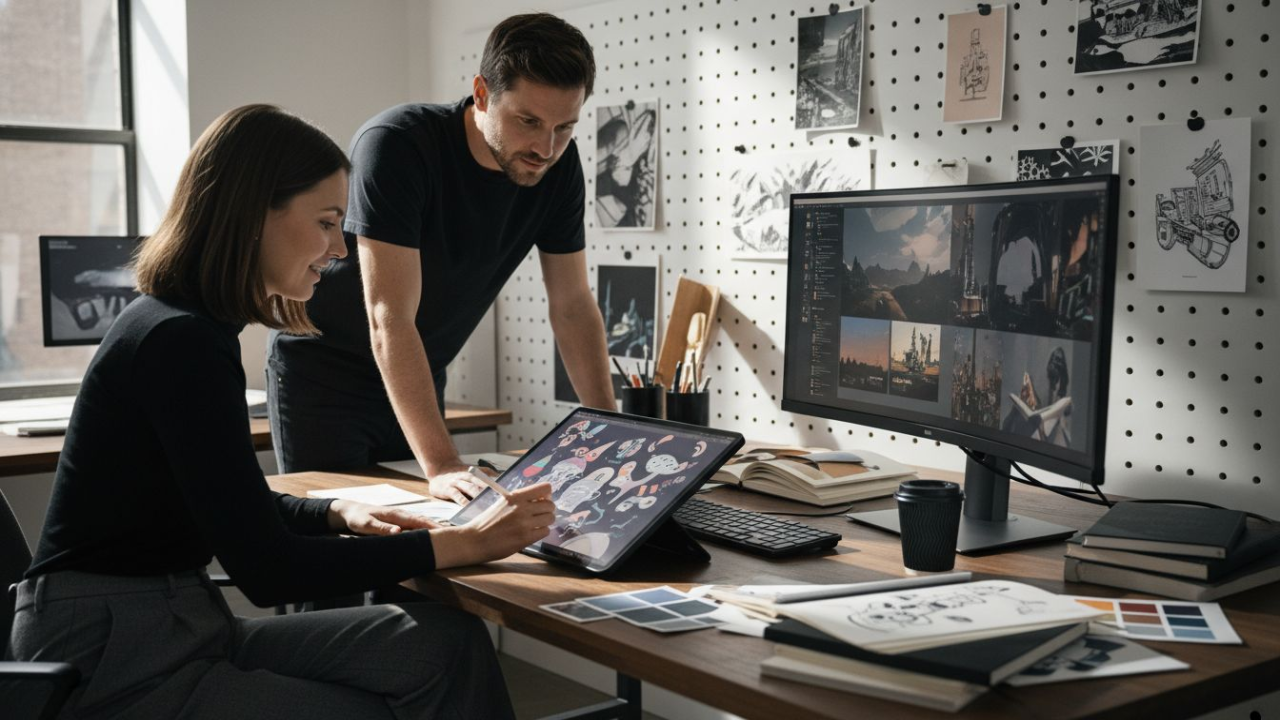
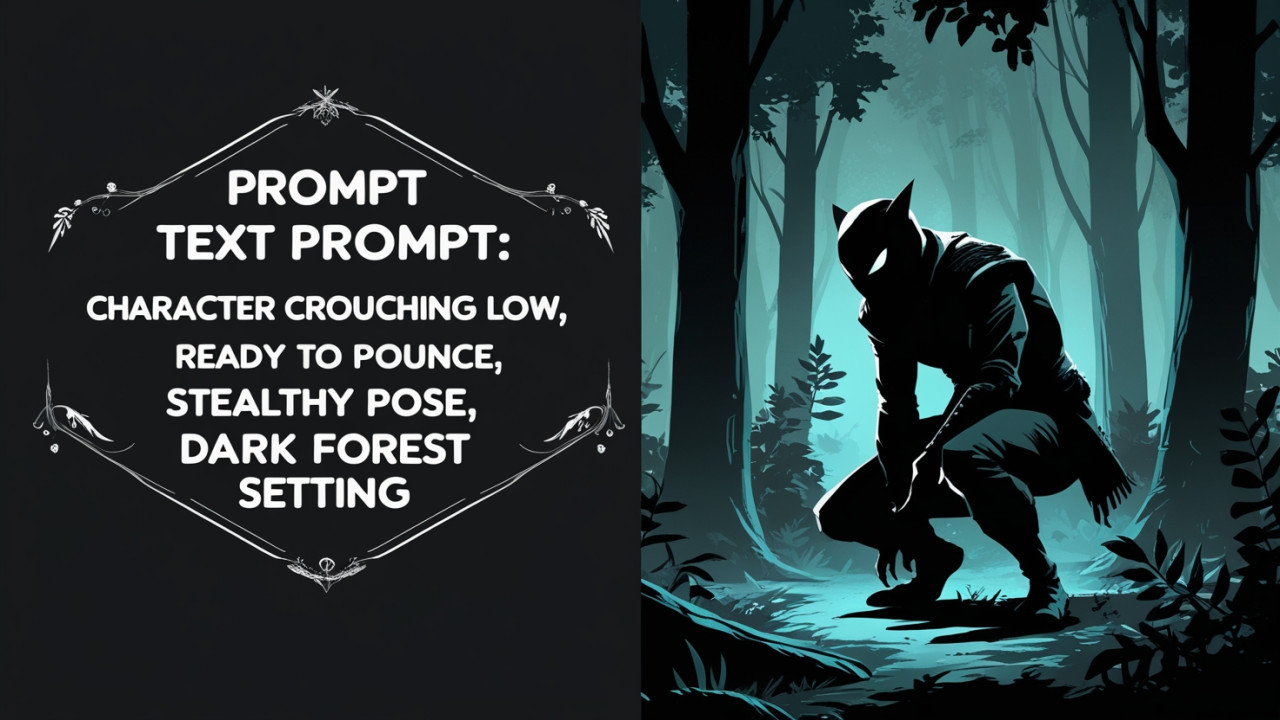
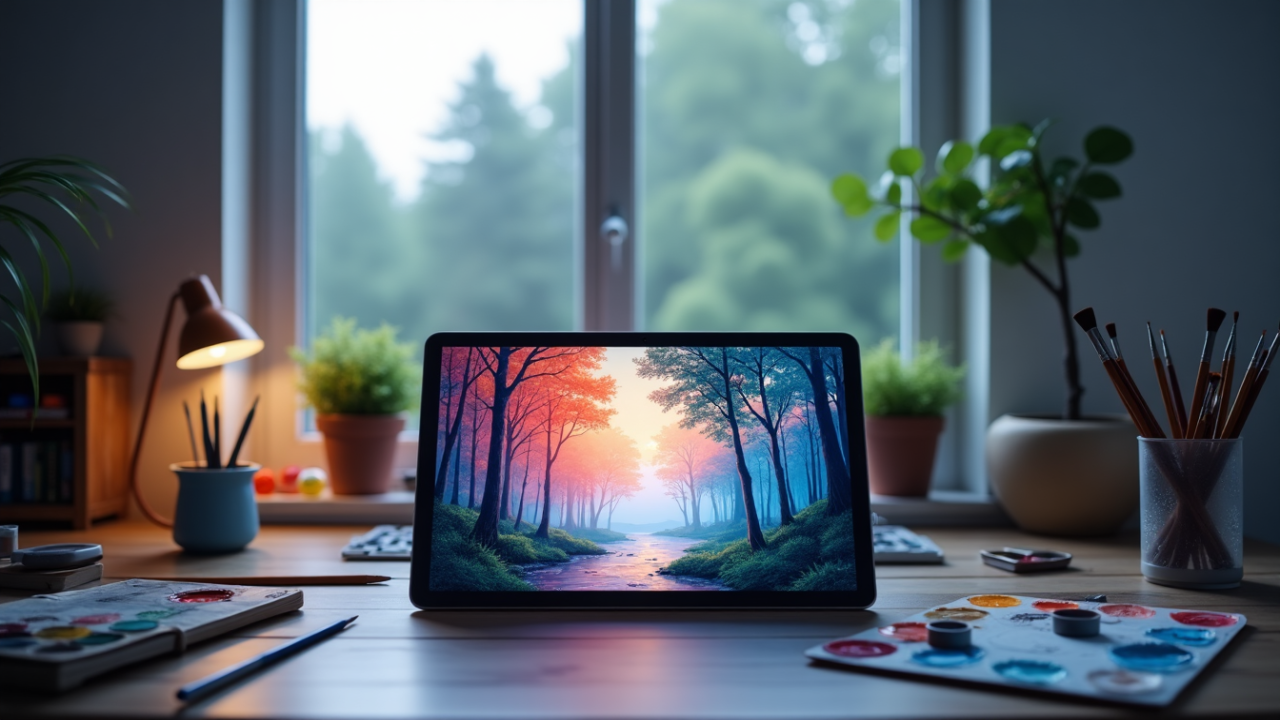
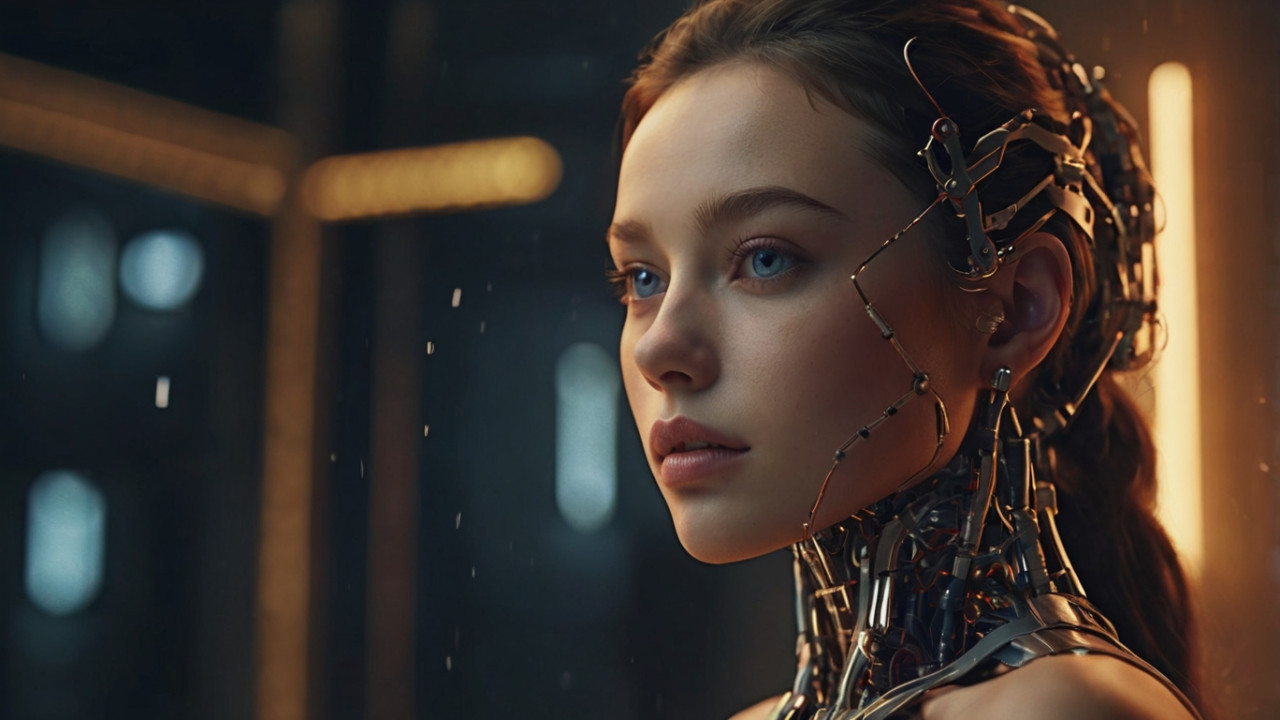
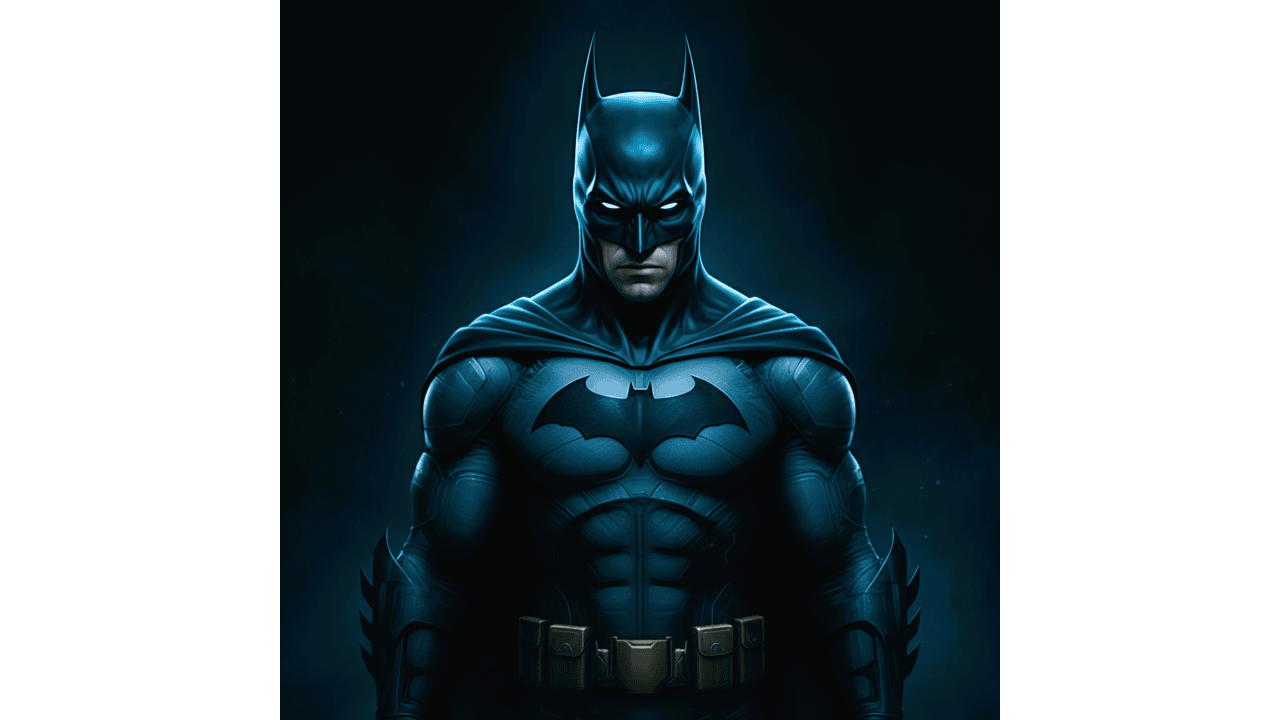
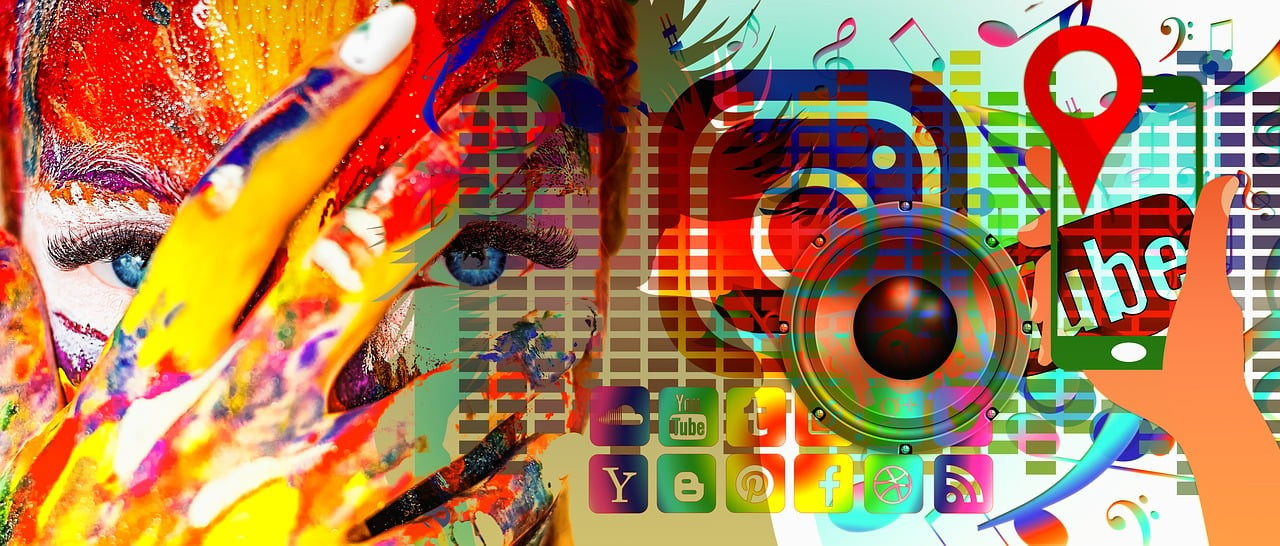
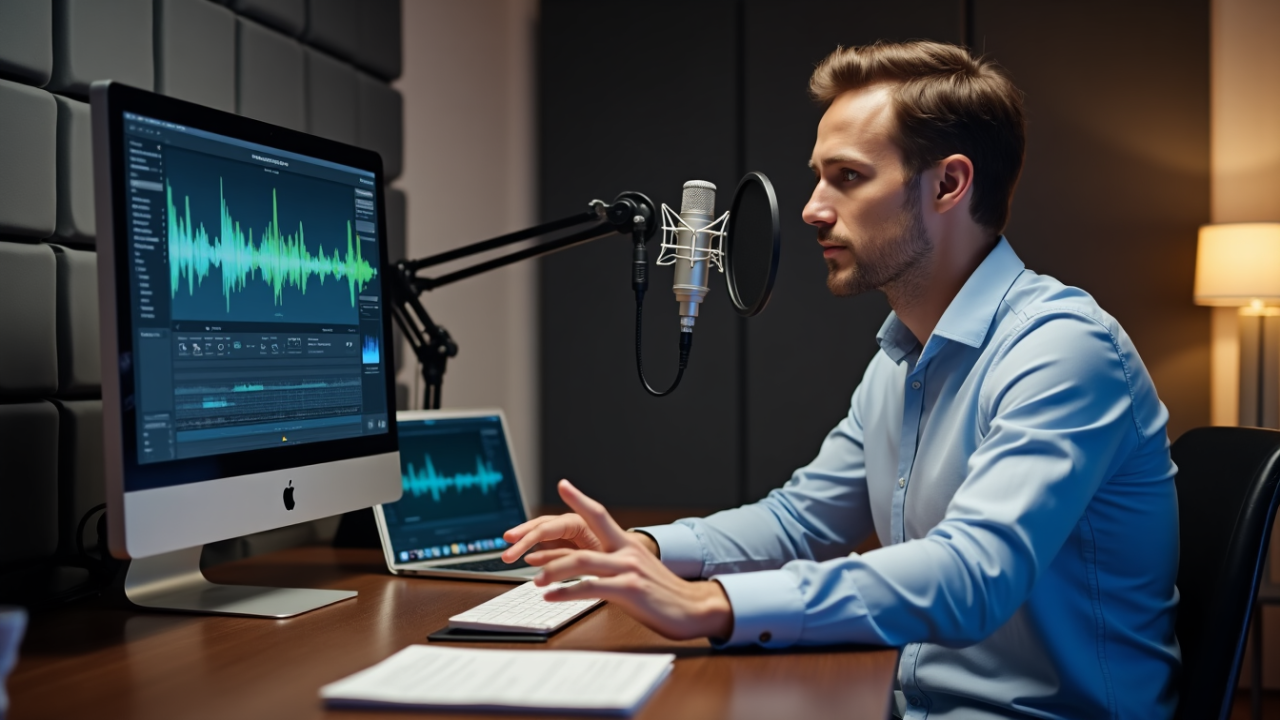
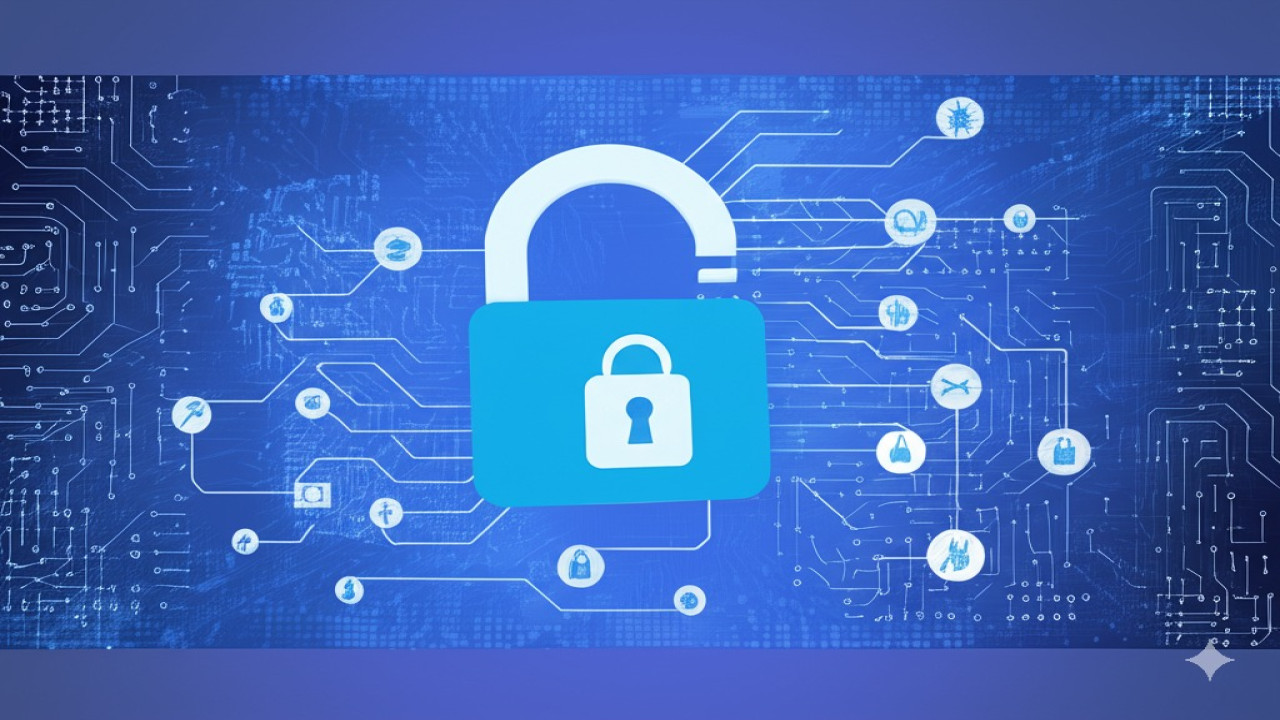
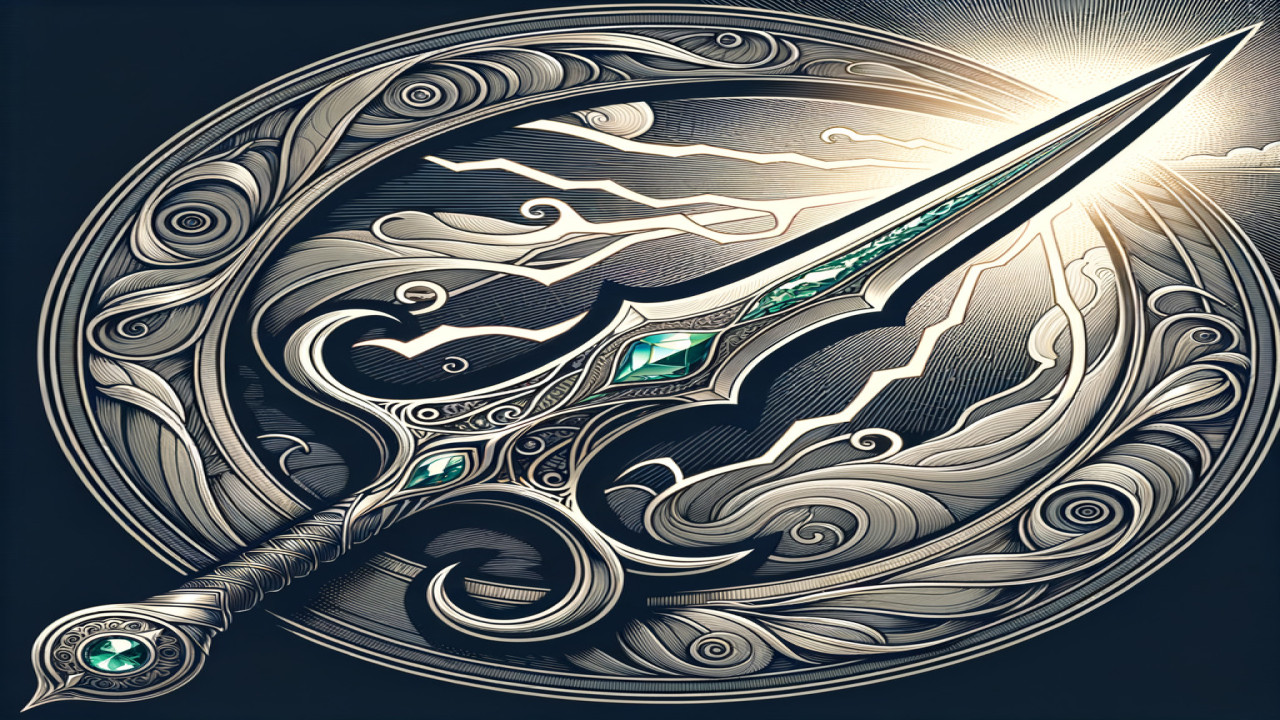
Comments (0)
No comments found